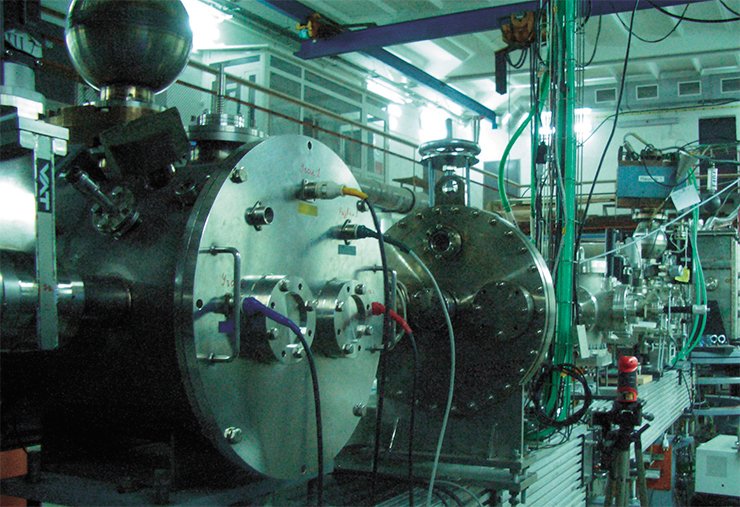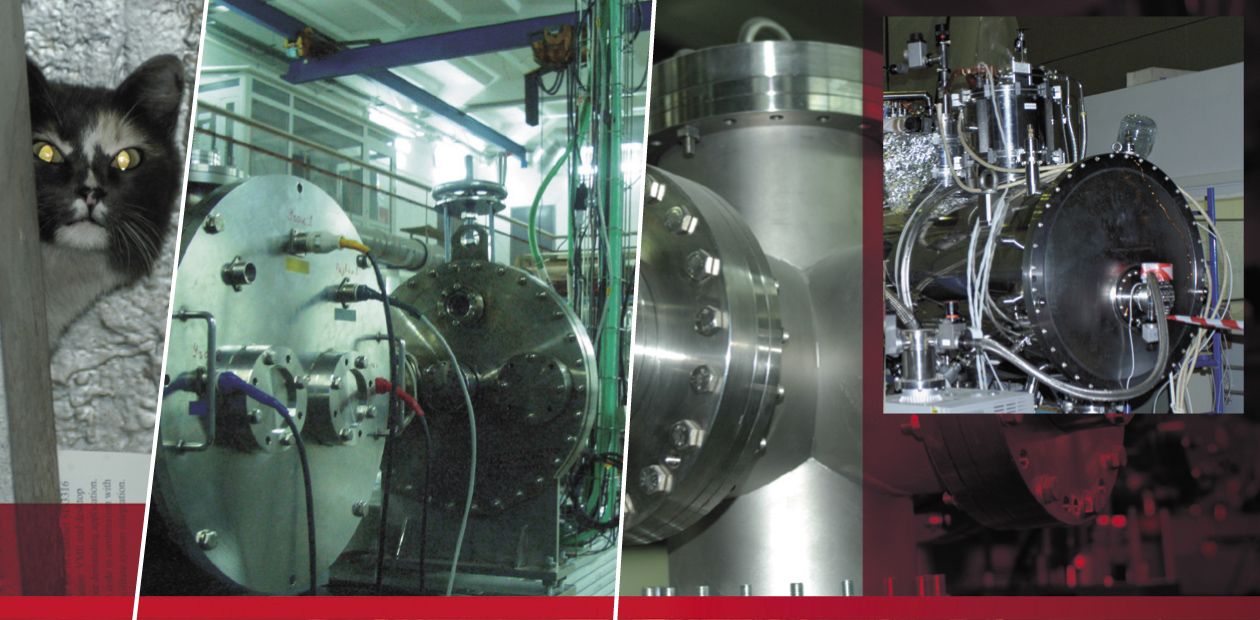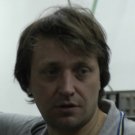Cosmos and Flame
The COSMOS synchrotron radiation station was built in 2007 in cooperation with the State Optical Institute (St. Petersburg). The first work at the station was the calibration of Space Solar Patrol, i. e., a set of space-based spectrometers designed at this institute. The aim of these devices is to monitor the solar radiation in the soft X-ray and extreme ultraviolet (EUV) ranges. This information is highly important for the studies of the effects of solar activity on the various terrestrial processes, from weather to biological systems.
The same synchrotron radiation beamline is also used for another station, PLAMYA (in Russian, ‘flame’), whose name speaks for itself. PLAMYA is now being designed in cooperation with the Institute of Chemical Kinetics and Combustion (ICKC) SB RAS (Novosibirsk). Our task is to generate a synchrotron radiation beam with the desired characteristics, which will be sufficiently powerful and spectrally “clean” to be used as a fine-tuned tool for selective ionization of combustion products
The COSMOS synchrotron radiation station was built in 2007 in cooperation with the State Optical Institute (St. Petersburg). The first work at the station was the calibration of Space Solar Patrol, i.e., a set of space-based spectrometers designed at this institute. The aim of these devices is to monitor the solar radiation in the soft X-ray and extreme ultraviolet (EUV) ranges. This information is highly important for the studies of the effects of solar activity on the various terrestrial processes, from weather to biological systems. These spectrometers cannot function under the terrestrial conditions because the atmosphere does not transmit radiation of the desired range, but we have to test these devices on the Earth.

In short, this is the history of our station—a little “piece of cosmos” enclosed in a vacuum chamber where synchrotron radiation comes from the VEPP-4 storage ring. The combination of high vacuum and strong radiation fluxes creates volumes (in the experimental station conditions) that are similar to conditions in the near-earth space.
Synchrotron radiation provides a photon flux in a wide spectral range, from visible light to hard X-rays. The station has a monochromator with diffraction gratings and multilayer mirrors to extract photons with the desired energy. Now we use multilayer mirrors of our own design, but in the future, we plan to use the optics of Nizhny Novgorod Institute for Physics of Microstructures. This institute is a leader in the production of this optics in Russia and is well-known in the world scientific community. СOSMOS is now the only synchrotron radiation station in Russia that works for metrology needs in the soft X-ray and EUV ranges.
In our experimental “piece of cosmos,” there is now a prototype of the satellite equipment provided by the Institute of Applied Geophysics (Moscow) (made by NPO Taifun (Obninsk)). This instrument will be placed on a solar panel of a satellite that will ensure its constant orientation towards the Sun. The technical acceptance rules for this kind of instruments require obligatory calibration, and and our role is to supply our instrument with a “ticket to the satellite.” Our station is the only one in Russia that can perform this kind of satellite equipment calibration.

Now we are testing the calibration procedure using an engineering model of the device, and next year we expect to make the calibration of the flight model which will be sent into orbit.
We also perform other metrological works at СOSMOS such as testing EUV optical elements to be used for the latest technologies in nanoelectronics and detectors designed for laser plasma observations in controlled thermonuclear synthesis experiments. Plasma generates very short and bright X-ray flashes; hence, a detector must have high speed and low sensitivity in order not to “go blind.” Because of these parameters, it is highly complicated to calibrate the detector at other stations except ours.
COSMOS’s synchrotron radiation beamline is also used for another station, PLAMYA (in Russian, ‘flame’), whose name speaks for itself. PLAMYA is now being designed in cooperation with the Institute of Chemical Kinetics and Combustion (ICKC) SB RAS (Novosibirsk). The task of our colleagues from the ICKC SB RAS is to develop a device with a built-in burner for flame generation, install it, and run the analyzing equipment. Our task is to generate a synchrotron radiation beam with the desired characteristics, which will be sufficiently powerful and spectrally “clean” to be used as a fine-tuned tool for selective ionization of combustion products.
Flame is a highly complex phenomenon: thousands of different chemical reactions take place between the ignition organics to its conversion into final products (ideally, these are water and carbon dioxide). A close examination of the intermediate reaction stages is necessary to ensure a most efficient and eco-friendly combustion process. Researchers typically use an electron beam to ionize the reaction products, but its particles are not uniform in their energy; hence, its usage as a testing beam has its limitations. In this sense, synchrotron radiation is much better: we can tear strictly specified chemical bonds within a molecule with a pinpoint accuracy, which will make it possible to not only identify chemicals formed during combustion, but also distinguish between the isomers of the same composition.
Our PLAMYA will be the third such synchrotron station in the world after the United States and China and the first one in Russia. We expect that the first object to be studied at this station will be biodiesel fuel, a renewable energy source that does not interfere with the greenhouse gas balance in the atmosphere.










